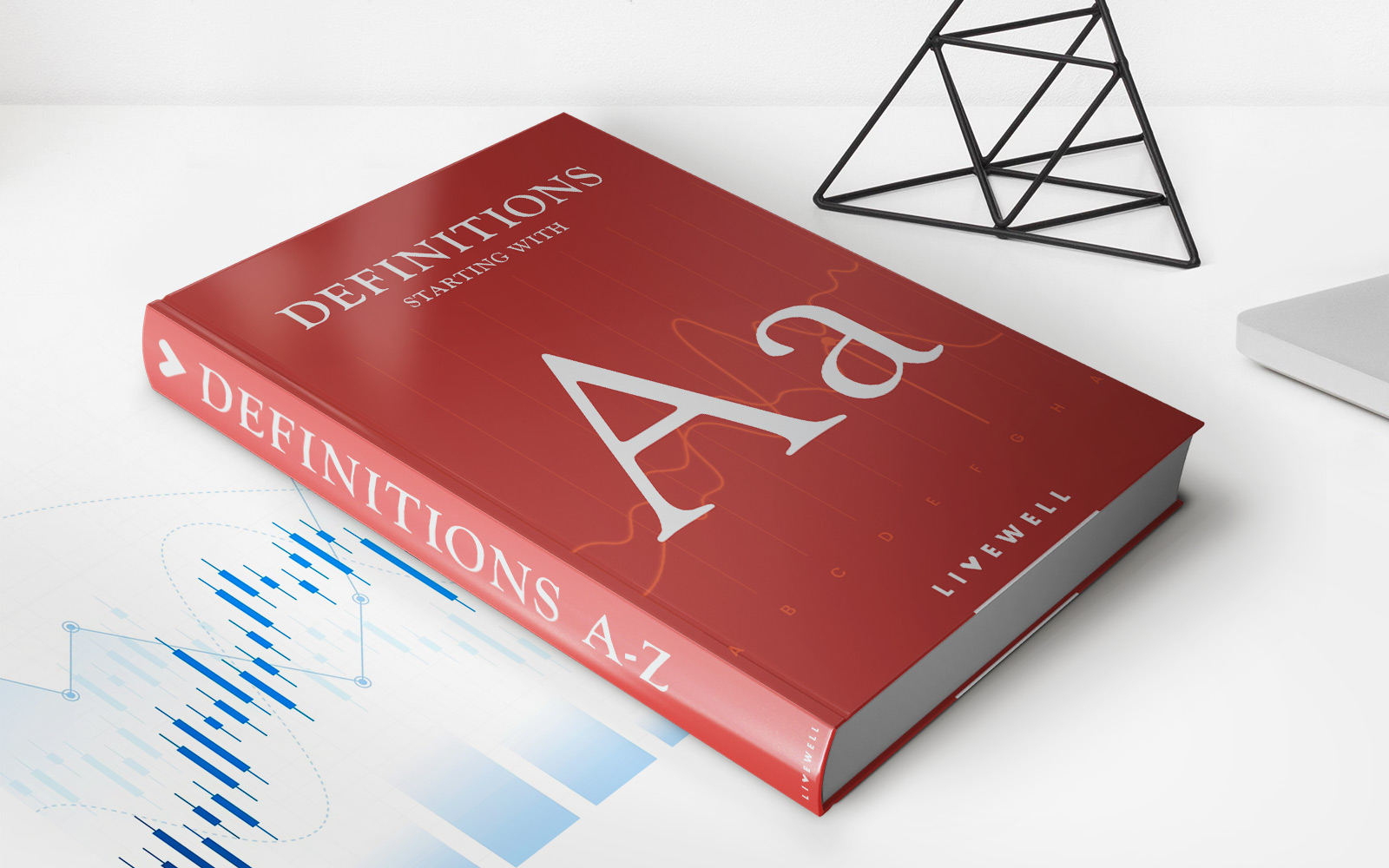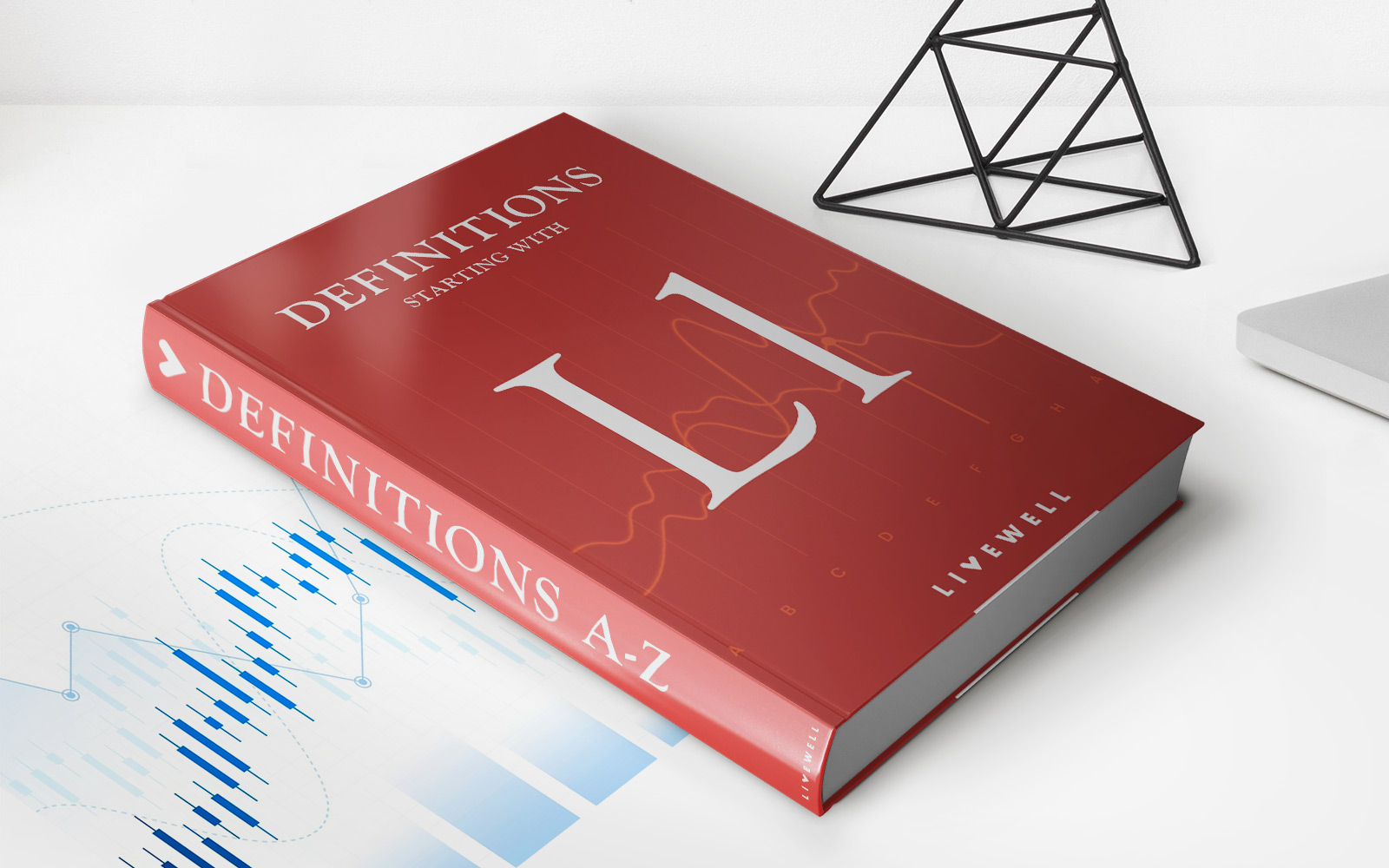Home>Finance>What Happens To CD Interest During The Grace Period?


Finance
What Happens To CD Interest During The Grace Period?
Modified: February 21, 2024
Learn how the grace period affects CD interest rates and find out how to manage your finances wisely. Explore expert tips and advice in finance.
(Many of the links in this article redirect to a specific reviewed product. Your purchase of these products through affiliate links helps to generate commission for LiveWell, at no extra cost. Learn more)
Table of Contents
Introduction
When it comes to saving and growing your money, Certificates of Deposit (CDs) have long been a popular choice for individuals seeking a low-risk investment option. With their fixed interest rates and predetermined maturity dates, CDs offer a sense of security and predictability. However, what happens to the interest earned on a CD during the grace period is a question that often arises among investors.
In this article, we will delve into the intricacies of CD interest during the grace period, shedding light on how this unique feature of CDs can impact your earnings. By understanding the dynamics of the grace period and its implications for CD interest, you can make informed decisions to optimize the growth of your savings.
Throughout this exploration, we will unravel the factors that influence CD interest rates during the grace period, examine the impact of withdrawals on accrued interest, and discuss strategies for maximizing your CD earnings within this timeframe. Whether you are new to the world of CDs or seeking to deepen your understanding of their nuances, this article aims to provide valuable insights to help you make the most of your CD investments. So, let's embark on this journey to uncover the mysteries of CD interest during the grace period and equip ourselves with the knowledge to make sound financial choices.
Understanding the Grace Period for CDs
Before delving into the specifics of CD interest during the grace period, it is essential to grasp the concept of the grace period itself. A CD’s grace period is the window of time that follows the maturity of the certificate, during which account holders have the flexibility to take action without incurring penalties. This period typically ranges from a few days to a month, and its duration is specified in the terms and conditions of the CD agreement.
During the grace period, investors have several options. They can choose to withdraw the funds from the CD without facing early withdrawal penalties, renew the CD for another term, or make additional deposits to the existing CD. This period of flexibility provides account holders with the opportunity to reassess their financial goals and decide on the best course of action regarding their CD investment.
It’s important to note that the terms and conditions governing the grace period can vary among financial institutions and specific CD products. Therefore, it is crucial for investors to familiarize themselves with the details outlined in their CD agreements to make informed decisions during this timeframe.
By understanding the purpose and parameters of the grace period, investors can leverage this window of opportunity to optimize the performance of their CDs and align their investment strategies with their evolving financial needs. With a clear comprehension of the grace period’s significance, account holders can navigate the complexities of CD interest during this period with confidence and foresight.
CD Interest Rates During the Grace Period
During the grace period following the maturity of a CD, the treatment of interest can vary based on the financial institution and the specific terms outlined in the CD agreement. In most cases, the interest rate remains unchanged during the grace period, allowing account holders to continue earning interest at the established rate.
One key aspect to consider is whether the interest is compounded daily, monthly, quarterly, or annually. Compounding refers to the process of adding the accrued interest back to the principal balance, thereby enabling account holders to earn interest on their interest. Understanding the compounding frequency is crucial, as it directly impacts the overall interest earned during the grace period.
It’s important to note that while the interest rate typically remains constant during the grace period, account holders should be aware that the CD has technically reached its maturity date. As a result, the funds are no longer tied up for the original term length, and the account holder has the flexibility to decide whether to renew the CD, withdraw the funds, or explore alternative investment options.
Furthermore, some financial institutions may offer promotional or special CD products that provide enhanced interest rates or bonus incentives for renewing the CD within the grace period. This can be an attractive opportunity for investors to potentially maximize their earnings by capitalizing on these promotional rates.
By understanding how CD interest rates are handled during the grace period, investors can make informed decisions regarding the management of their CD funds. This knowledge empowers account holders to assess their options and determine the most advantageous course of action based on their financial objectives and the prevailing interest rate environment.
Impact of Withdrawals on CD Interest
When considering withdrawals during the grace period of a CD, it is essential to understand the potential impact on accrued interest. Withdrawals made during the grace period can have varying effects on the interest earned, depending on the specific terms and conditions outlined in the CD agreement.
First and foremost, it’s important to recognize that withdrawing funds from a CD during the grace period may result in the forfeiture of a portion of the interest earned. Financial institutions often impose penalties for early withdrawal, which can encompass a reduction in the interest accrued or the application of a predetermined penalty fee. This penalty is designed to discourage premature withdrawals and compensate for the disruption of the agreed-upon investment period.
Furthermore, the timing of the withdrawal within the grace period can influence the impact on the interest. If a withdrawal is made earlier in the grace period, the forfeited interest may be relatively lower compared to a withdrawal made closer to the end of the grace period. Understanding the interplay between the timing of withdrawals and the corresponding impact on interest can assist account holders in making strategic decisions regarding the management of their CD funds.
Moreover, the treatment of interest in the event of a partial withdrawal is a critical consideration. Some financial institutions may calculate the remaining interest based on the adjusted principal balance after the withdrawal, while others may apply specific formulas to determine the revised interest accrual. It is imperative for investors to familiarize themselves with the terms governing partial withdrawals to anticipate the potential adjustments to their accrued interest.
By gaining insight into the implications of withdrawals on CD interest, investors can weigh the trade-offs associated with accessing funds during the grace period. Assessing the impact of withdrawals on accrued interest enables account holders to make informed decisions aligned with their financial objectives while optimizing the overall performance of their CD investments.
Strategies for Maximizing CD Interest During the Grace Period
As the grace period presents a unique opportunity for account holders to reassess their CD investments, it is essential to consider strategies for maximizing CD interest during this timeframe. By leveraging thoughtful approaches, investors can make the most of the grace period and optimize the growth of their savings. Here are several strategies to consider:
- Renewal Assessment: Evaluate the prevailing interest rate environment and assess whether renewing the CD within the grace period aligns with your financial goals. Explore the option of renewing the CD for a longer term if the interest rates are favorable, potentially enhancing the overall interest earnings.
- Comparative Analysis: Research and compare CD products offered by different financial institutions to identify competitive interest rates and promotional offers. Transferring funds to a new CD with more favorable terms can potentially boost interest earnings.
- Strategic Withdrawals: If the need for funds arises, strategically plan withdrawals within the grace period to minimize the impact on accrued interest. Consider the timing and amount of withdrawals to optimize interest retention while meeting financial requirements.
- Laddering Strategy: Implement a CD laddering strategy by diversifying investments across multiple CDs with varying maturity dates. This approach can provide regular access to funds at different intervals while capturing potentially higher interest rates through staggered renewals.
- Promotional Opportunities: Explore special CD products or promotional rates offered within the grace period. Take advantage of any enhanced interest rates or bonus incentives for renewing or opening new CDs, maximizing the potential for increased interest earnings.
By strategically navigating the grace period and employing these approaches, investors can proactively manage their CD investments to enhance interest earnings and align their strategies with their evolving financial needs. The grace period serves as a valuable window for optimizing the performance of CDs, and thoughtful decision-making can lead to significant benefits in terms of interest accumulation and overall financial growth.
Conclusion
The grace period for Certificates of Deposit (CDs) represents a pivotal phase in the lifecycle of these financial instruments, offering account holders a window of flexibility and opportunity. Understanding the dynamics of CD interest during the grace period is paramount for investors seeking to make informed decisions and maximize the growth of their savings.
Throughout this exploration, we have unveiled the significance of the grace period and its impact on CD interest. By comprehending the treatment of interest rates, the implications of withdrawals, and the strategies for optimizing interest earnings, investors can navigate the complexities of the grace period with confidence and foresight.
It is crucial for account holders to familiarize themselves with the terms and conditions outlined in their CD agreements, as these details govern the specific parameters of the grace period and its influence on interest accrual. Armed with this knowledge, investors can strategically assess their options, leverage promotional opportunities, and make well-informed choices aligned with their financial objectives.
Ultimately, the grace period empowers investors to reevaluate their CD investments, explore renewal opportunities, and strategically manage withdrawals to enhance interest earnings. By implementing thoughtful strategies and staying attuned to the evolving interest rate landscape, account holders can harness the potential of the grace period to optimize the performance of their CDs and achieve their financial goals.
As you embark on your journey of financial growth and wealth management, may the insights gleaned from this exploration serve as a guiding light, empowering you to make informed decisions and capitalize on the opportunities presented by the grace period for CDs.














